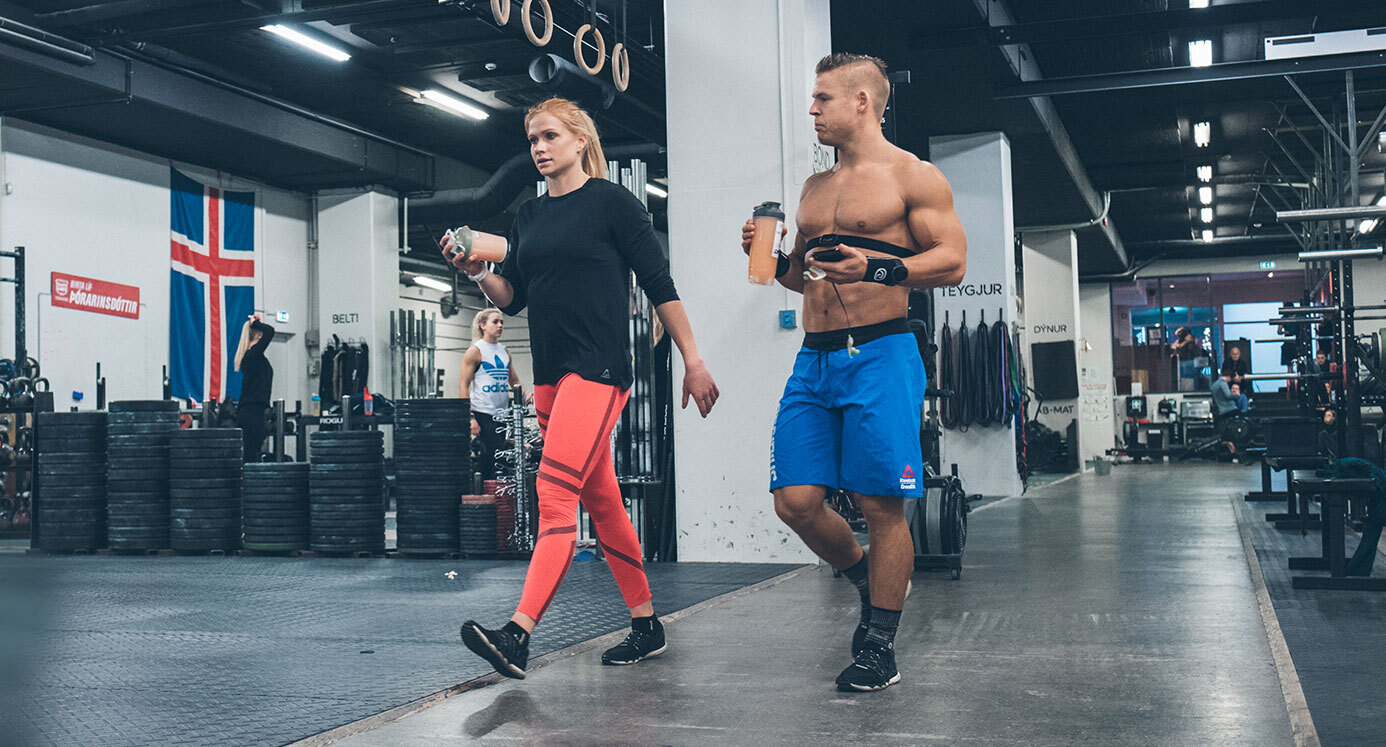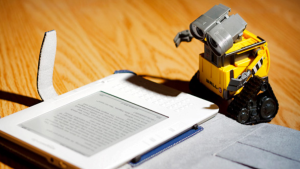You cannot improve if you don’t measure. This is a straightforward fact that is frequently ignored. If you don’t have measurements to back up you’re planning when it comes to your training, even with the best of intentions, you will plateau very soon. It might not seem like a huge deal if you’ve only recently begun exercising because emphasis is frequently put on continuing to exercise. You’ll thank yourself later if you start tracking your development at an early stage, and keep in mind that it’s never too late to begin. Whether you’ve just started working out at the gym or have been going for a while, a pattern soon becomes recognizable. You start out with the best of intentions for your fitness, and at first it appears like everything is going smoothly since you are enjoying the novelty and thrill of exercise.
But after this initial “honeymoon period,” it’s common to lose interest in working out, reach a plateau in performance, and begin to doubt the benefits of your efforts. The idea that you will remember everything you do and that those recollections will be sufficient for you to make the necessary corrections is a fairly widespread one. This is undoubtedly false; a variety of factors, like your mood, the outside conditions, your workload, etc., will affect how you remember certain events. There is no way you can make sound adjustments based solely on your memories when you try to look back to see what has worked for you. This is when hard-recorded figures and facts become really useful.
1. Gather your facts!
A notebook is the most important tool you can use to stay on top of your training. A journal will relieve the pressure of remembering every training session and will accumulate reliable information you can use later. All you should need should be in your notebook when you want to look back and see what has been working for you. Here are a few methods for recording your activities.
2. Pen and paper
The traditional written journal is still a useful tool and is effective for the majority of people. To keep track of your workouts, runs, and Pilates sessions, simply keep a notepad. Include as much detail as you can in your writing, including what you did, when you did it, how it felt, etc. The more data you collect, the better. In the analysis phase, the pen and paper method has one significant drawback: you will have to work it out on your own without any assistance from your notebook in order to see how everything fits together.
3. Spreadsheet
Use of an application like Excel or a Google Docs spreadsheet is a technological advancement. In essence, you would gather the same data as you would in a written diary, but if you track the right information, the spreadsheet will greatly simplify the analysis.
4. Online tracking services
You can take advantage of the experience of professionals who have already completed the task for you to make it even simpler to track pertinent data. To submit your statistics, all you need to do is create a free account with RunKeeper or Endomondo (for cycling, walking, running, etc.). The fact that the internet service’s creators have done a lot of the thinking for you also makes analysis much simpler. The next step is to use your smartphone (assuming you have one) as your data entry tool after creating an internet account. Simply download the app, then get to work. The fantastic byproduct of this is that your smartphone now serves as a stopwatch, and the integrated GPS measures your speed and distance.
5. GPS
A GPS watch or anything similar is essential for tracking your running routes and speed if you don’t want to use your smartphone. Of course, you may accomplish this by planning your routes, measuring them, and timing yourself with a stopwatch. While this method is effective, using a GPS tracker allows you to improvise your route. It’s also quite simple to upload the GPS data to your PC and online accounts.
6. Heart rate monitor
Using a heart rate monitor will help you determine how hard your body is working and whether your training is taking place in the right zone. Tracking your pace and progress is really easy when you have a smartphone, an app that collects data, and GPS coordinates.
7. Foot pod
The foot pod is an excellent tool to use when trying to increase your running cadence to the proper level. There are many possibilities to examine how your technique improves over the course of a session when connected to the GPS in your smartphone.
Conclusion
The key to putting it all together is keeping a notebook, and using a smartphone is a terrific method to organize your information. If you utilize your smartphone as the hub, a lot of your work summarizing your information is made very simple and nearly automatic.
What do you use to monitor your success while exercise?




